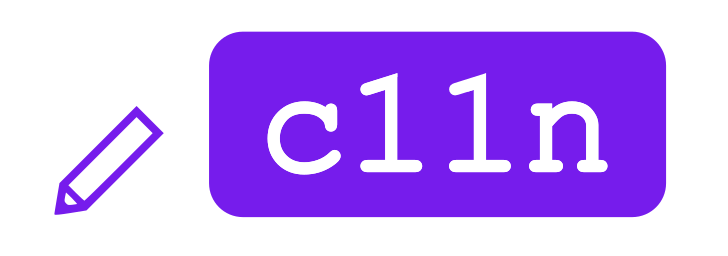The Power of Community: Why Open Source is the Future of Software

There's no question that vibrant communities are crucial for the success of any technology product or platform. As I've discussed in my previous posts, open source has the potential to revolutionize the way we build and use software. Today, I want to dive deeper into the heart of what makes open source so powerful: the community.
At its core, open source is about collaboration and shared ownership. It's a model that recognizes that the best ideas often come from outside the walls of any single company or organization. By enabling users to co-create the products they use, open source taps into a wellspring of creativity and expertise that proprietary software simply can't match. This collaborative model not only leads to better software but also fosters a deep sense of investment and loyalty among users.
However, building and sustaining a vibrant open source community is no easy feat. It requires a delicate balance of transparency, trust, and mutual benefit. Companies must be willing to cede some control and embrace the input of their users, even when it challenges their assumptions or plans.
The business dilemma: value creation vs. value capture
When you are building a business on top of an open source project, you need to make sure that you have a fair ratio between the value you're creating and the value you are capturing.
Finding this balance requires a deep understanding of the community's needs and a commitment to transparency. By actively involving the community in shaping the product roadmap, open source companies can ensure that they are creating value in a way that resonates with their users. If the community is really participating actively in the roadmap, the risks of alienating your community and having a broken ratio between value capture and value creation are marginal because the community is influencing the product and thus influencing how you're delivering value, which in turn benefits them.
We saw the importance of this balance play out in the recent controversy surrounding GitLab's decision to introduce mandatory telemetry in their self-hosted instances. The move, intended to ensure fair compensation for the company, was met with swift backlash from users who felt it violated their privacy and autonomy. To their credit, GitLab listened to the concerns of their community and made changes to address them. But the incident underscored the critical importance of maintaining trust and alignment with the community.
If this works for an open source company that did quarterly revenue of $150M, it surely can work for smaller projects.
The power of collective intelligence
Despite these challenges, the power of open source lies in its ability to foster collective intelligence. When a community is actively engaged in shaping a product, the result is often far greater than the sum of its parts. By tapping into the diverse perspectives, experiences, and expertise of their users, open source companies can drive innovation in ways that proprietary software cannot.
This collective intelligence is what gives open source its superior business model in terms of becoming too big to fail and a sustainable innovation scheme – a sustainable business that is having a very honest two-way relationship with the community.
A Framework for Balancing Value Creation and Capture
In a future post, I'll share my framework for measuring the balance between value creation and value capture in open source businesses. This framework will revolve around key metrics like community engagement, feature adoption, and revenue growth, while also considering the value created by the broader ecosystem of open source projects. By understanding how much of the value they create is unique versus built on the contributions of others, companies can make more informed decisions about their strategy and sustainability.
I believe this framework will be a valuable tool for any open source company looking to build a thriving community and a successful business in today's fast-paced tech landscape. Just as we've seen with recent developments like CSS Grid layout and the power of declarative design, the open source community is constantly pushing the boundaries of what's possible.
But this framework should also allow open source communities to better understand the ever-growing nuanced relationship between a particular governance model and value capture. Not all open source projects (and communities) are created equal.
Whether you're an individual contributor just starting your career or an executive leading a large organization, embracing the ethos of open source is one of the best investments you can make in the future of your products and your business. The companies that thrive in the coming years will be those that learn to work hand-in-hand with their communities to drive innovation and growth.
Stay tuned – there's much more to come as we explore the future of open source and the power of community-driven innovation.
